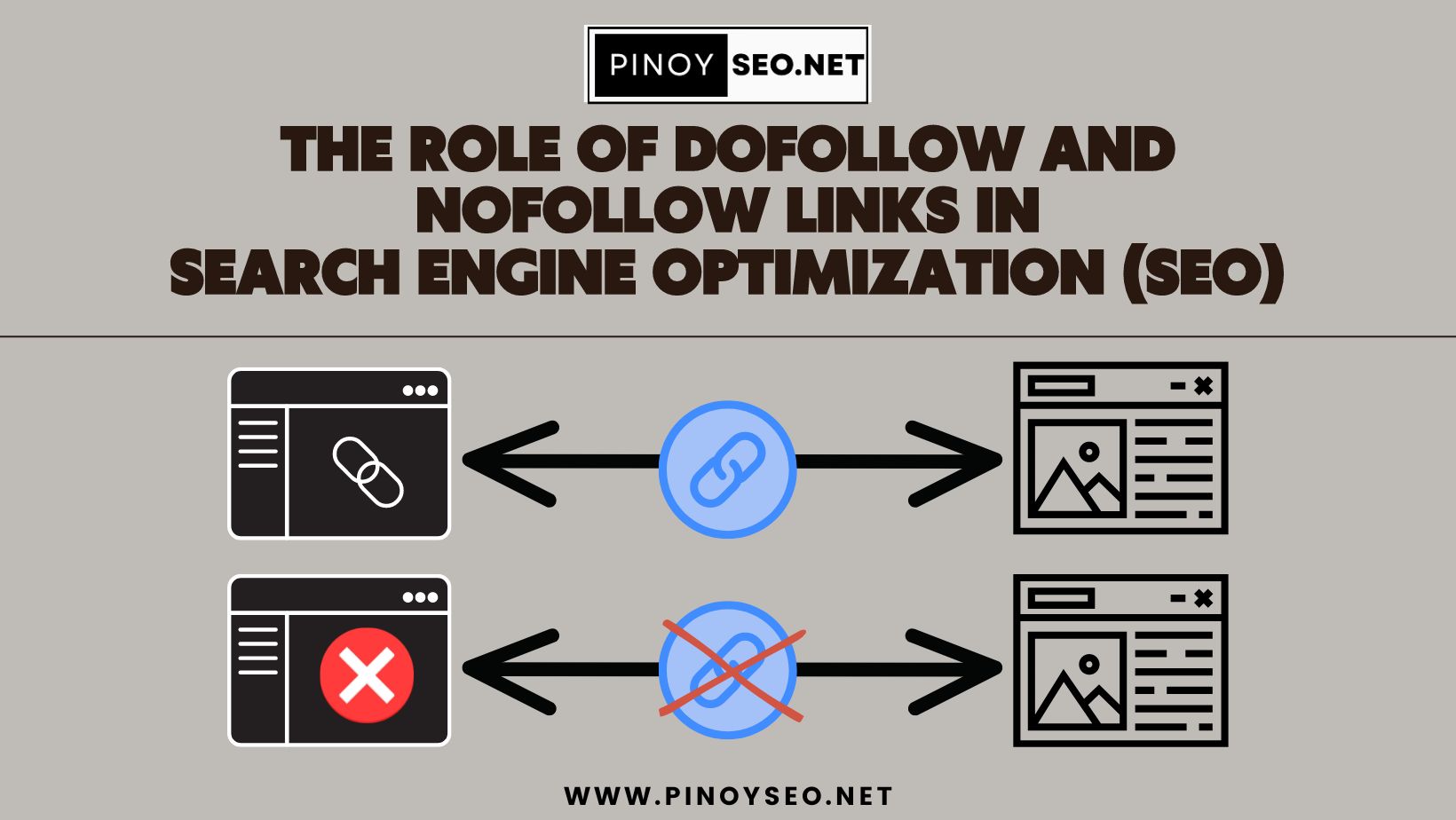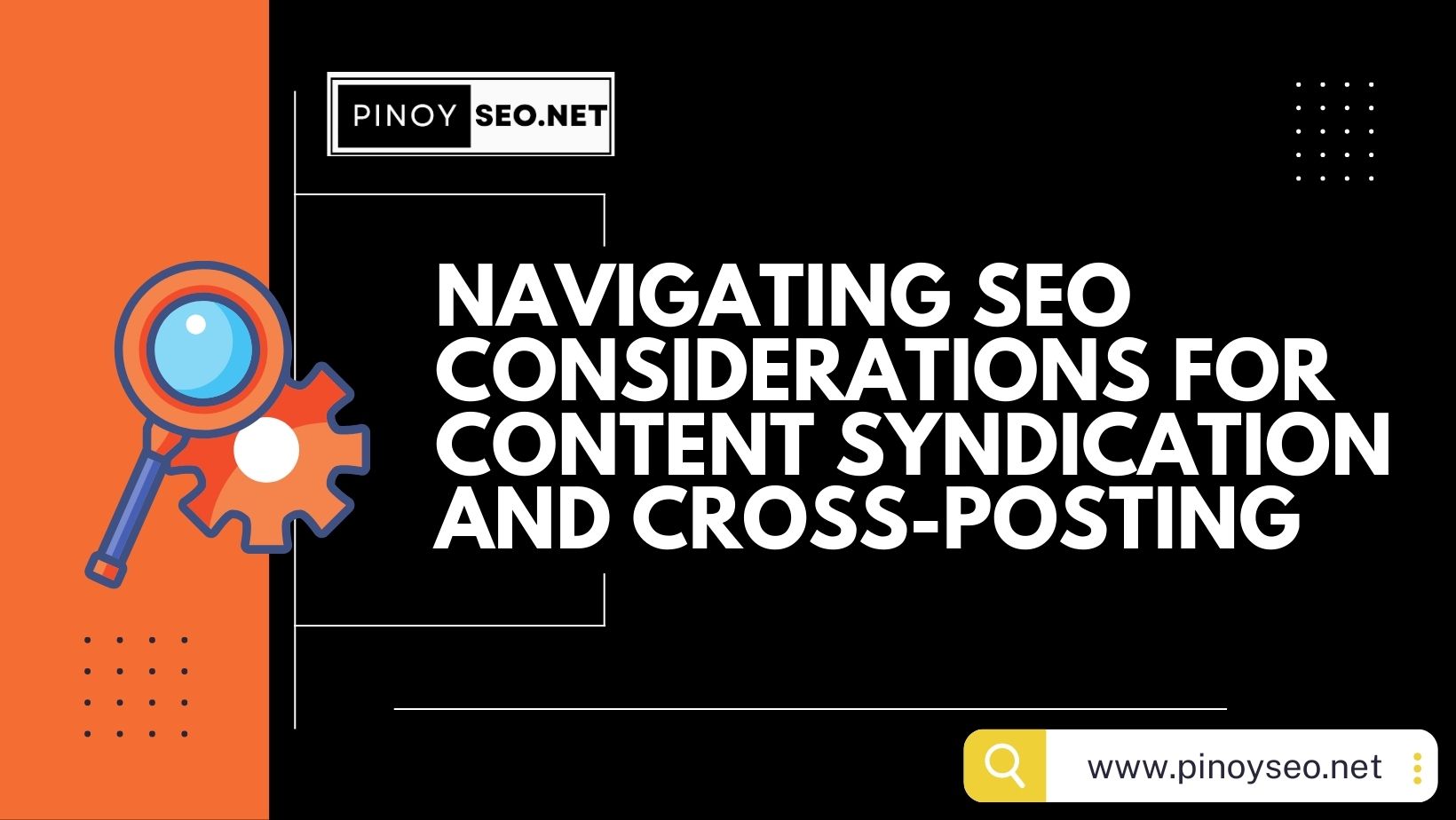In the realm of Search Engine Optimization (SEO), the role of links cannot be overstated. Every link acts as a pathway that search engines use to navigate the vast landscape of the internet. Among the various types of links, two terms often discussed are “Dofollow” and “Nofollow” links. Understanding the difference between them and their impact on SEO is crucial for anyone looking to optimize their online presence.
What are Dofollow and Nofollow Links?
Dofollow Links: These are links that allow search engines to follow them and pass on link juice to the linked webpage. Essentially, they contribute to the linked page’s authority and can influence its search engine rankings.
Nofollow Links: On the other hand, Nofollow links instruct search engines not to follow them or pass on link juice. They are often used for user-generated content, sponsored links, or to prevent spammy links from affecting search engine rankings.
The Role of Dofollow and Nofollow Links in SEO
1. Dofollow Links
Dofollow links are highly valued in SEO for several reasons:
- Enhanced Search Engine Rankings: Search engines view websites with a high number of quality Dofollow links as more credible and authoritative, thus potentially boosting their rankings in search results.
- Increased Website Traffic: Dofollow links from reputable websites can drive targeted traffic to your site, as users are more likely to click on links they trust.
- Improved Indexing: Search engine bots use Dofollow links to discover new pages and index them in their search results, improving the visibility of your content.
2. Nofollow Links
While Nofollow links may not directly contribute to search engine rankings, they still play a valuable role in SEO:
- Maintaining Link Diversity: Having a mix of Dofollow and Nofollow links appears more natural to search engines, helping to avoid penalties for over-optimized link profiles.
- User-Generated Content: Nofollow links are commonly used in user-generated content platforms like forums, comment sections, and social media to deter spammers and maintain quality.
- Sponsored Content: Links that are paid for or sponsored should typically be marked as Nofollow to comply with search engine guidelines and avoid penalties for manipulating search rankings.
Where to Find Dofollow and Nofollow Links in the Philippines
In the context of the Philippines, businesses and website owners can acquire Dofollow and Nofollow links through various channels:
- Guest Blogging: Contributing guest posts to reputable websites and blogs in the Philippines can earn valuable Dofollow links back to your site, enhancing its authority and visibility.
- Local Directories and Listings: Submitting your business to local directories and listings in the Philippines can result in both Dofollow and Nofollow links, improving your online presence within the local community.
- Social Media Profiles: Optimizing your social media profiles with relevant information and links can help generate both Dofollow and Nofollow links, especially when users engage with your content and share it with others.
- Online Forums and Communities: Participating in online forums and communities relevant to your niche in the Philippines can lead to natural link-building opportunities, including both Dofollow and Nofollow links.
In conclusion, Dofollow and Nofollow links are integral components of SEO that can significantly impact your website’s search engine rankings and online visibility. By understanding their differences and leveraging them strategically, businesses and website owners in the Philippines can enhance their SEO efforts and establish a stronger digital presence. Remember to focus on quality over quantity when acquiring links, and always adhere to search engine guidelines to ensure long-term success in SEO.


